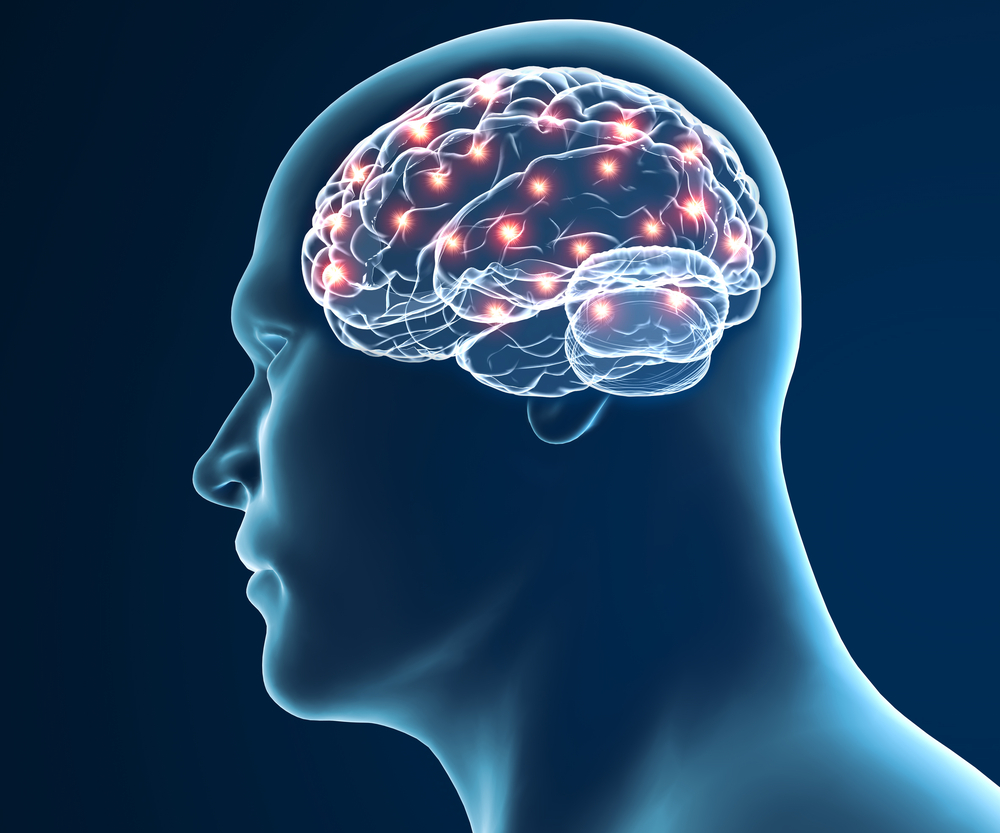Differences in Brain Oxygen Supply May Explain Silent Strokes in SCD Patients

Brain oxygen supply is different in different regions of the brain of sickle cell disease (SCD) patients who are affected by anemia, which may explain the incidence of silent strokes, a recent study says.
The findings of the study, “White matter has impaired resting oxygen delivery in sickle cell patients,” were published in the American Journal of Hematology.
SCD is a rare genetic disorder caused by mutations in the HBB gene, which provides instructions to make hemoglobin, a protein responsible for blood oxygen transport. When a person carries two faulty copies of HBB, there is poor oxygen blood supply to all tissues and organs in the body. This also includes the brain, an organ for which shortage of oxygen, even for a few minutes, may cause extensive death of neurons.
To make matters worse, in SCD patients red blood cells have an abnormal sickle-like shape and tend to stick to each other, forming blood clots that block blood circulation. For this reason, SCD patients are more likely to have strokes, compared to the general population.
Silent strokes — those that do not produce obvious signs, such as blindness or body paralysis — are especially worrisome because of debilitating effects on the brain’s ability to perform complex tasks, including compromising one’s ability to do well at work or school.
Until now, scientists were convinced the reason SCD patients are more likely to have strokes was because their brains receive less oxygen than normal.
However, a new study from a team of researchers led by John Wood, MD, PhD, found that brain oxygen supply is unaffected in SCD patients because the body increases brain blood flow to compensate for the lack of functional hemoglobin and normal red blood cells.
These findings were based on brain imaging data generated by arterial spin labeling — a magnetic resonance imaging (MRI) technique that measures oxygen delivery to tissues and organs — performed on 32 SCD patients and 25 age and race-matched healthy control subjects. According to the study’s data, cerebral blood flow (CBF) in the whole brain is significantly higher in SCD patients compared to controls (72.2 ± 21.0 vs 54.7 ± 12.9 ml/100g/min), while total oxygen delivery is identical (10.4 ± 2.2 vs 11.3 ± 3.0 ml/100g/min). (Note: “The symbol ± means plus or minus.)
“[Since brain oxygen delivery is not affected in SCD patients] I began to think, ‘maybe there’s a distribution problem. Total blood flow is fine, but is it going where it needs to go?'” Wood said in a press release. Wood is professor of pediatrics at the Keck School of Medicine of the University of Southern California (USC) and corresponding author of the study.
Using the same imaging technique, Wood and his team found that different regions of the brain had access to different amounts of oxygen.
They discovered that white matter oxygen supply was reduced by more than a third (5.5 ± 1.3 vs 8.5 ± 2.7 ml/100g/min, 35% difference) in SCD patients compared to healthy individuals. Interestingly, this also is the brain region where most silent strokes occur in these patients. Conversely, gray matter oxygen supply was similar in SCD patients and healthy individuals (12.0 ± 2.8 vs 12.9 ± 3.5 ml/100g/min).
Gray matter refers to areas of the central nervous system (brain, brainstem and cerebellum) made up of neurons. White matter refers to areas of the central nervous system made up of myelinated nerve segments (axons) responsible for the transmission of nerve signals and that connect various gray matter areas.
These results suggest that when the body is deprived of oxygen due to SCD it adjusts blood flow to prioritize oxygen supply to neurons located in gray matter regions, rather than on the brain “highway tracks” from the white matter regions used for neurons’ communication. This makes sense because ensuring neurons’ survival and preventing catastrophic strokes in gray matter is more important than avoiding silent strokes.
In addition, researchers found the levels of hemoglobin and anemia severity were directly correlated with white matter oxygen delivery, which supports Wood’s clinical observations in SCD patients.
Based on these findings, researchers believe their work not only will drive knowledge about strokes in SCD patients, but also help the medical community evaluate how current and future SCD therapies influence the brain.






